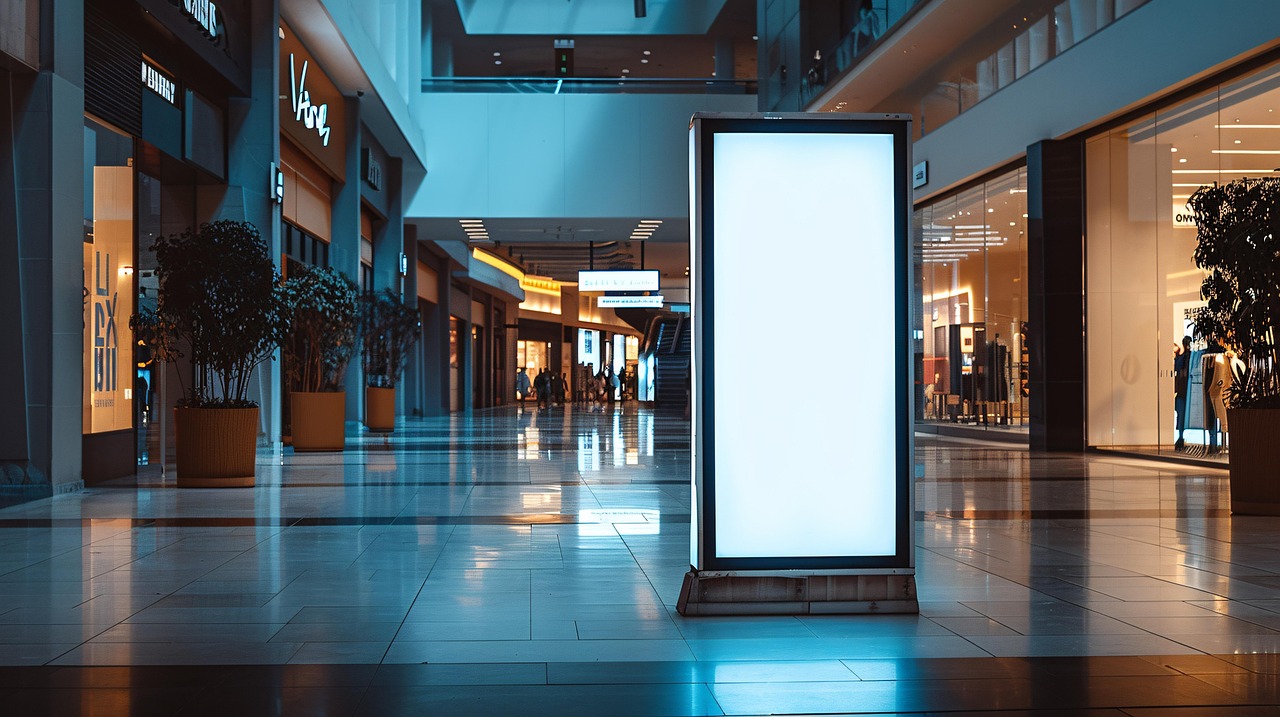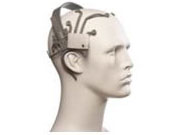-

Meaning From Information
predictive analytics | marketing data integration | market research | biometrics
-

-

What are the burning issues in market research today?

Perhaps there is no better example of market research in play than the utilization of artificial intelligence in retail. AI has disrupted industries after gaining traction and mainstream popularity just in the last few years, but its transformative power is arguably most visible in the retail landscape. From personalized shopping experiences to visual merchandising, we’ll take a look at the impact AI has had so far not only on the retail industry, but also on retail market research today.
Personalized Shopping Experience
We’re now at the point where customers expect brands to not only acknowledge them but understand and cater to their preferences. Retailers have traditionally prized such insights as vital to conversion rates, marketing campaigns, and brand loyalty. AI is in the perfect position to deliver these insights at a more incisive and actionable level. By analyzing a customer’s data such as browsing history, purchasing behavior, preferences, wishlists, and shopping cart items, AI is able to create personalized and tailored recommendations that help simplify the shopping process and guide consumers toward better purchasing decisions, thus contributing to a more enjoyable shopping experience. In fact, a McKinsey report found that 35% of Amazon purchases were due to personalized recommendations.
Aggregate customer data of this type helps shape the direction of a brand’s marketing campaign by identifying and homing in on the ideal customer for a particular product or service, reducing traditional marketing costs while optimizing conversion. This also extends to lead generation as the customer data gathered from transaction history and personal preferences can help form a prospect list for future products and campaigns.
The extensive data of browsing and purchase history along with personal preferences also benefits product searching and product description generation. The former means that AI is able to produce highly accurate site search results based on context and intent even if a customer struggles with the appropriate keywords for the product they’re looking for. The latter saves time and increases efficiency by generating comprehensive, unique and engaging product descriptions that are also SEO-optimized, especially when combined with product image analysis and natural language processing.
Loyalty and rewards programs can also be made more effective with incentives and exclusive deals aligned to a customer’s taste and preferences over generic, random, and unenticing offers, encouraging engagement and increased or repeated visits or spending while also improving retention.
Copyright: Pexels
Dynamic Pricing and Promotions
Retailers are now able to unlock another advantage with AI through dynamic pricing strategies and promotions. This ability allows retailers to adjust pricing based on real-time analysis of market conditions, competitor pricing, inventory levels, consumer demand and behavior, just to name a few factors. This can be done not only by branch or region but also on an individual level, and can take advantage of peak hours, promotional activities or clearance sales. Dynamic pricing allows retailers to maximize profits, maintain competitiveness as well as engage or retain customers looking for better deals.
Predictive Analytics for Inventory Management and Demand Forecasting
It’s important for retailers to optimize inventory management to prevent overstocks or stockouts, maximizing sales while minimizing losses. Step away from those time-consuming and fallible spreadsheets, though; AI-powered predictive analytics is now the key tool in any retailers’ arsenal for demand forecasting. By analyzing sales data based on purchasing history, market trends, inventory levels, consumer behavior and preferences, retailers are able to predict future trends to improve operational efficiency by making smart decisions with stock planning and supply chain management. This is further augmented by employing cameras, digital sensors or smart shelves to monitor inventory levels in real-time, allowing store staff to replenish shelf stock from the supply room when needed.
In-store Navigation
AI-powered chatbots and virtual assistants are helping improve customer satisfaction by assisting and guiding with site navigation and other queries, but they’re not limited to the online realm as they can also be used by physical locations. Aside from simple navigation instructions, in-store navigation can be taken to the next level with an AI-generated foot trail map optimized with the best path for navigating across the store based on the items on the customer’s shopping list.
AI can also provide valuable feedback and insights for optimizing store layout and foot traffic from the customer movement patterns it captures and analyzes. These insights can also help with the placement of particular products a store would like to promote or increase visibility of.
Copyright: TyliJura
Visual Merchandising
The days of static print and basic digital signage are slowly going out of style; retail visual merchandising is now evolving to tell dynamic and engaging brand narratives that extend from the purely informational to the experiential. Powered by AI, retail experiences now allow brands to connect and resonate with consumers more effectively than before with visual merchandising content that’s not only relevant to the buyer’s journey but also convey a strong and intelligent creative direction.
Imagine AI-powered signage that reacts or adjusts content in real time to help you with your purchasing decision at a store, especially at times when you’re looking at the shelf or aisle and not sure which brand to pick. Dynamic visual merchandising can highlight products based on current popularity or stock to influence your choice. During peak hours, this could mean you’re able to get your hands on the best-selling item before it runs out or select the product with enough available stock if you need to meet a certain quantity. Unlike manual content, which could outdate if the product presented has stocked out, AI-driven merchandising can present alternatives and introduce new brands which would otherwise have been unexplored or missed by consumers.
Emerging technologies such as virtual try-on and augmented reality (AR) add another layer to how customers interact with products. The former uses AI to simulate how clothing or accessories would look like or fit on a customer, while AR helps visualize products in different settings or styles. These technologies help reduce return rates and drive customer satisfaction and brand loyalty.
Copyright: TyliJura
We’ve touched on only a few of the current and noteworthy applications of AI in retail. There are many others, and more will likely be added in the near future as this technology continues to evolve. Embracing AI can reward a brand or company with competitive advantages and success, but the rewards aren’t necessarily reaped overnight. AI saves time, reduces costs, and optimizes sales and operations; but companies need to be strategic, adaptable, innovative, and ethical when harnessing this technology. Not only would a retailer need to invest time, effort, and resources to build the extensive data and foundational systems of their AI infrastructure, they would also need to gain an understanding of how everything connects and works with one another, as well as how it all aligns with their company’s goals.
If you’re a retail company looking for help in adopting AI in the best way possible, Cascade Strategies can assist you in this endeavor. Not only are we well versed in AI technology, we are advocates of “appropriate use of AI.” We appreciate the advantages and benefits AI brings, but we firmly believe that it’s at its most effective when harnessed and guided by human values and experience. Contact us today to learn how Cascade Strategies can help your company enrich retail operations and the shopping experience you offer to your customers with AI.











